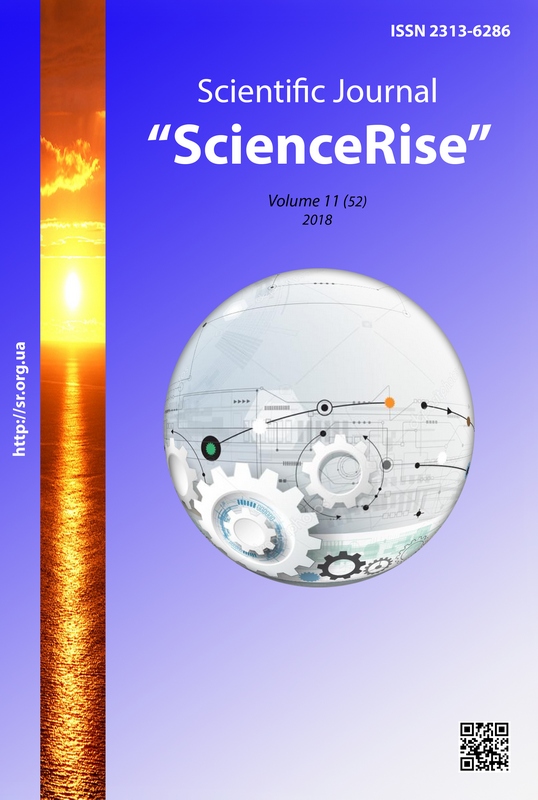Designing the intelligent user interface for electronic education support systems
DOI:
https://doi.org/10.15587/2313-8416.2018.147987Keywords:
intelligent user interface, e-learning, adaptive component, didactic interface, userAbstract
The research proposes a technology for designing an intelligent user interface for e-learning support systems. A general analysis of characteristic features of the intelligent user interface is conducted. The content and structures of the didactic interface of e-learning systems are substantiated. Particular attention is given to the question of adjusting the brightness of the site mapping. The scheme of construction of the adaptive component of the intelligent user interface of the e-learning system is designed
References
Anohin, V. M. (2012) Vimogi do suchasnih elektronnih navchalnih vidan i mozhlivosti ih realizaciyi u seredovishi Adobe Captivate. Visnik NU «Lvivska politehnika», 731, 71–76.
Pushkar, O. I., Klymniuk, V. Ye. (2016). Problemy vprovadzhennia Internet- metodolohii u osvitnii prostir. Systemy obrobky informatsii, 5, 213–218.
Kubatko, O. V., Pimonenko, T. V., Kubatko, O. V. (2015). Porivnialnyi analiz tendentsii rozvytku dystantsiinykh tekhnolohii navchannia v Ukraini ta YeS. Mekhanizm rehuliuvannia ekonomiky, 2, 93–102.
Stupin, A. A., Stupin, E. E. (2012). Elektronnoe obuchenie (E-Learning) – problemy i perspektivy issledovaniy. Distantsionnoe i virtual'noe obuchenie, 1, 38–49.
Sevast'ina, A. A. (2015). Problemy vnedreniya distantsionnogo obucheniya v obrazovatel'nyy protsess. Vestnik Chelyabinskogo gosudarstvennogo universiteta, 19 (374), 178–181.
Fihol, N. (2014). Struktura elektronnoho navchalnoho vydannia. Visnyk Knyzhkovoi palaty, 7, 30–31.
Karampiperis, P. (2005) Adaptive Learning Resources Sequencing in Educational Hypermedia Systems. Educational Technology & Society, 8, 128–147.
Pushkar, O. (2006) Design of interactive visual tools in the computer multimedia education program (by the example of management disciplines). 4tn International Symposium of Interactive Media Design. Ahrsi 28, 30, 117–125.
Kitchenham, A. (2011). Blended learning across disciplines: Models for implementation. Hershey: Information Science Reference (an imprint of IGI Global), 306. doi: http://doi.org/10.4018/978-1-60960-479-0
Singh, H. (2003). Building Effective Blended Learning Programs. Issue of Educational Technology, 43 (6), 51–54.
Downloads
Published
Issue
Section
License
Copyright (c) 2018 Yevhen Hrabovskyi

This work is licensed under a Creative Commons Attribution 4.0 International License.
Our journal abides by the Creative Commons CC BY copyright rights and permissions for open access journals.
Authors, who are published in this journal, agree to the following conditions:
1. The authors reserve the right to authorship of the work and pass the first publication right of this work to the journal under the terms of a Creative Commons CC BY, which allows others to freely distribute the published research with the obligatory reference to the authors of the original work and the first publication of the work in this journal.
2. The authors have the right to conclude separate supplement agreements that relate to non-exclusive work distribution in the form in which it has been published by the journal (for example, to upload the work to the online storage of the journal or publish it as part of a monograph), provided that the reference to the first publication of the work in this journal is included.

